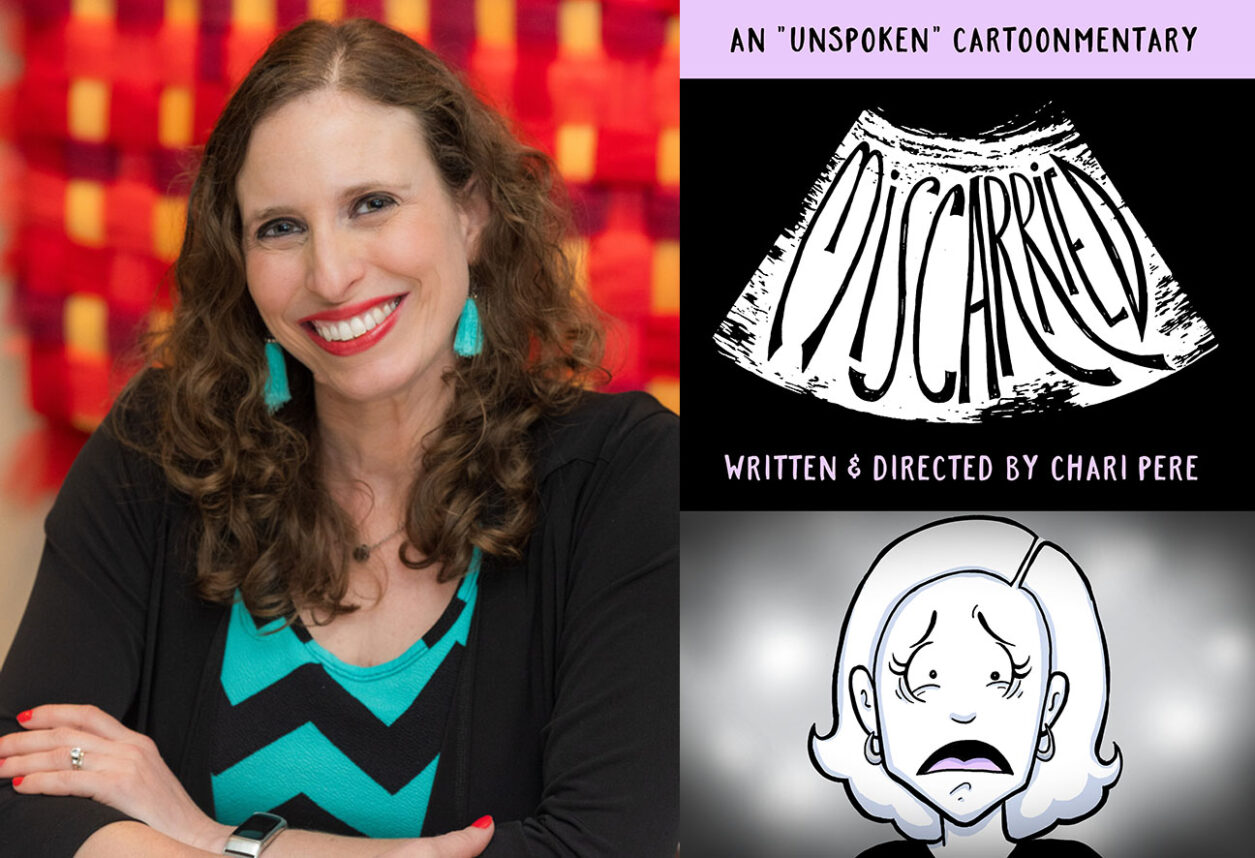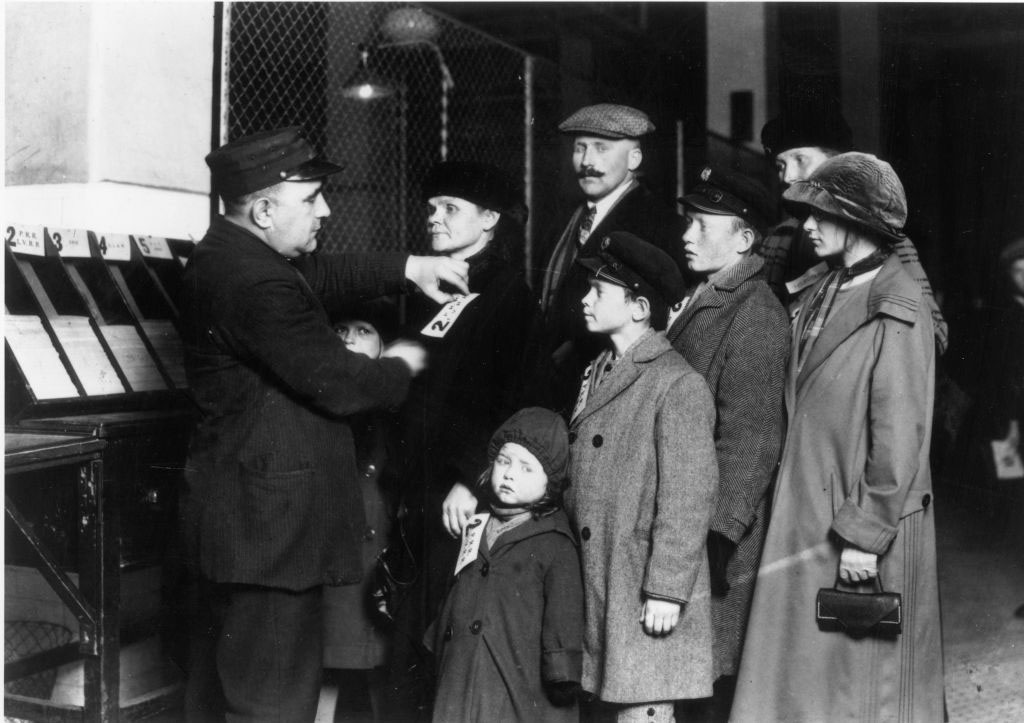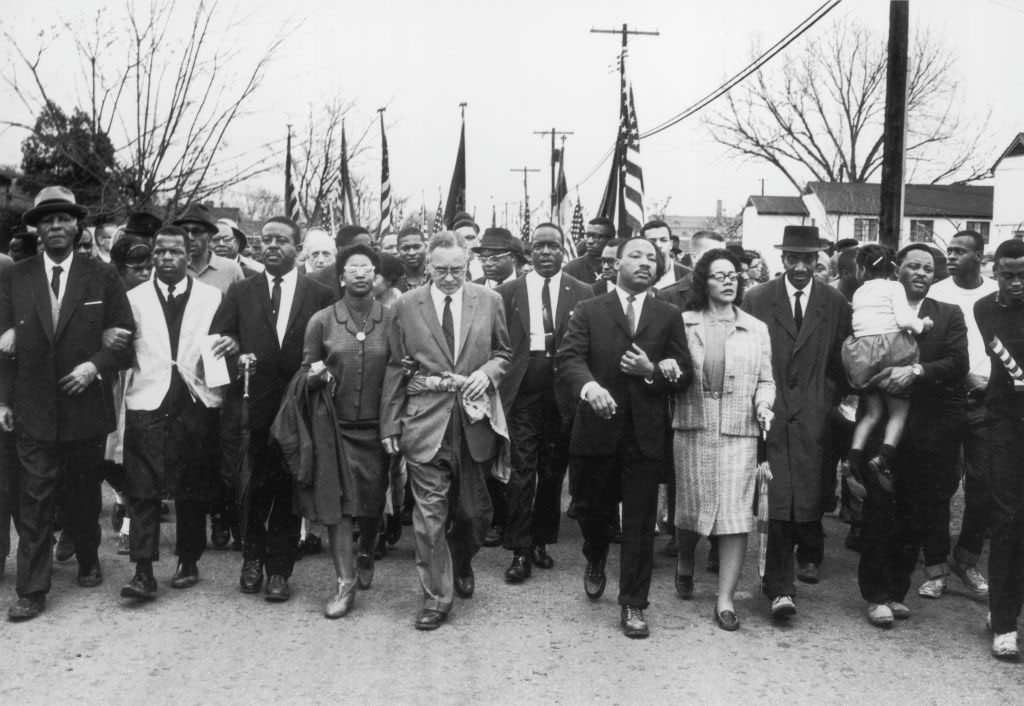
Roya Hakakian, the renowned Iranian American Jewish author, poet and journalist, has some advice for immigrants arriving with bursting suitcases to airports, en route to America: “Your mind, too, is bursting with all that you have been told about America. Keep the suitcases, but discard the knowledge. In fact, even before going through the last set of metal detectors to get on a plane to your final destination, place your views of America — along with your shoes, keys, coins, and cell phones — in the gray rubber bins, and leave them there.”
Hakakian’s new book, “A Beginner’s Guide to America: For the Immigrant and the Curious” (Knopt, 2021) is a magnificent and hilarious collection of advice designed to counsel newly-arrived immigrants and to help those born in America see it from an immigrant’s point of view. Incidentally, Hakakian’s counsel includes how to navigate all things American, from television and public transportation to the American school system and romantic liaisons (with one chapter aptly titled “Your First American Romance: A Few Warnings”).
“What I say in this book is what no one told me when I first arrived, when all I heard was about practicalities, and nothing about how to understand or cope with the whirlwind of emotions that had swept me up and in whose eye I remained for a long time,” Hakakian writes.
If anyone knows about the immigrant experience, it’s Hakakian, who was a teenager during the 1979 Islamic Revolution in Iran and who was admitted to the United States as a refugee in 1985 (at Brooklyn College, she tape-recorded her professors’ lectures because she didn’t speak English, and even studied poetry under famed writer and poet Allen Ginsburg).
“We hear all the time about who immigrants are, but it’s rare when we hear from immigrants themselves, especially not just what it was that drove them out or brought them here but [also] how it is that they see this country,” Hakakian told the Journal.
“We all have to perform certain civic duties,” she continued, “and I thought, This is my civic duty. Talking to people. Bringing them close to the immigrant experience in a way they can see that the overwhelming majority are coming here with the best of our hopes and aspirations to build happy and hopeful lives.”
Hakakian begins the book with a powerful message for immigrants: “You will receive many gifts during your time here, but the greatest of them all is America herself, lying before you beyond the revolving doors of the airport. She will surely break your heart, but the heartbreaks, like the joys, are not in the scripts you have been handed.”
She describes “A Beginner’s Guide to America” as “part memoir, part reportage, and part … work of imagination,” and begins with the immigrant’s first moments in the United States, tempering the emotional weight of redemption with the charming realities of being un-assimilated: “You will be a resident alien,” Hakakian quips, “able to live and work in the United States, though for the foreseeable future you will feel the alien far more acutely than the resident.”
Characteristic of her sharp but tender wit, Hakakian manages to infuse meaning and humor into even the most mechanical aspects of immigration, going so far as to assure, “Your once distant dream will soon be real and laminated.”
Hakakian demonstrates a formidable ability to deconstruct minute details of the American experience on deeply personal level, addressing the reader as “you” and imagining the questions and yes — judgments of America — that might run through an immigrant’s mind. She has a keen understanding of immigrants’ struggles to maintain a connection to their former country while reconciling with a deep, even desperate hope to assimilate as quickly as possible.
One of Hakakian’s incomparable strengths is that she advises rather than dictates. In anyone else’s hands, the book might be condescending and even patronizing. But Hakakian knows exactly how to use everything she’s learned in America in the past three-and-a-half decades.
As an Iranian refugee, I resonated with “A Beginner’s Guide to America” — so much, in fact, that I wish the book had existed when my family and I came to the United States in 1989. There were many questions I had about the American experience, including why Americans seemed to celebrate a different holiday each month through enthusiastic consumerism and whether they ever ate anything that didn’t come in a can or a microwavable box (not that I ever complained about Chef Boyardee Ravioli or Pop Tarts).
Hakakian is masterful at noticing the small things, and, as the book demonstrates, it’s in the small things upon which the foundations of becoming Americanized are formed, brick by assimilated brick. Take, for example, bargaining — an artform which, in many regions of the world, is a normalized and wholly expected dance between vendor and customer. But, as my family and I soon learned, in America, bargaining, at stores anyway, doesn’t exist.
It’s in the small things upon which the foundations of becoming Americanized are formed.
In the three decades since I’ve been in the United States, I’ve come to learn that what Americans lose in not being able to bargain on the price of an item at Target and what they gain in being able to return their microwaves, computers and half-eaten bags of cookies rather effortlessly. Hakakian no doubt agrees. Getting a refund, she says, is “the surest sign of America’s greatness” and ultimate evidence that “anything is possible because a one-time decision need not be destiny.”
“A Beginner’s Guide to America” is Hakakian’s most humorous book to date. Her other works include a 2004 memoir, “Journey from the Land of No” and a 2011 non-fictional retelling of the assassinations of Iranian opposition leaders in Berlin titled “Assassins of the Turquoise Palace.”
“I believe in the significance of humor in writing,” Hakakian said. “Being funny is the closest you can get to being a reader. It’s the fundamental quality of Jewish writing, and some of the best Jewish writers are people who, even in the darkest moments of their own narratives, manage to work in humor. It’s how I manage to enjoy my own writing.”
Hakakian began writing the manual for immigrants in 2016, during the height of heated rhetoric about immigration by then-presidential candidate Donald Trump. As president, Trump ordered a travel ban against some Muslim-majority countries, including Iran, and ordered record low refugee admissions. “I really disliked the Trump immigration rhetoric,” Hakakian said. “Personally, I found it offensive, especially when other immigrants — Jews who had come here as refugees themselves — banded with Trump to say that they agreed with his immigration policies.”
“A Beginner’s Guide to America” shines many lights on this country’s idiosyncrasies (and even moments of downright cruelty by American-born citizens against immigrants), but Hakakian strikes a critical balance between admiration and criticism, achieving a love letter to America that nevertheless isn’t blind to the country’s imperfections.
“I think criticism is engagement,” Hakakian said. “Lack of criticism means you’ve given up, or that the entity doesn’t deserve your attention. I look at criticism as a way of contributing and engaging. If I’m critical, I’m engaged, and that’s because I care. And I’m committed to do the leg work.”
Hakakian has been engaged in American civic affairs for decades. She previously was a member of the Council on Foreign Relations as well as a visiting fellow at the Wilson Center for International Scholars. She was also a founding member of the Iran Human Rights Documentation Center and served on the board of Refugees International.
In the book, Hakakian’s America is one of mostly good and decent people who show generosity in their own unique ways. In a chapter titled “On Squirrels and Americans,” she writes about American philanthropy. Back in the old country, she notes, “You used to give a coin or two to the poor of your city, or drop a banknote in the collection box at your place of worship, or help a neighbor or friend with a loan.” In America, things are different: “But these were a few small exercises at best. Here, people give regularly, Squirrels collect acorns, and Americans raise money.” Americans, in fact, have “book drives, blood drives, food drives, turkey drives…They raise and raise. They cannot help themselves.”
In “A Beginner’s Guide to America,” Hakakian paints a portrait of the immigrant experience through both the cruelty and generosity of Americans vis-a-vis immigrants. In the end, the immigrant’s contributions to this country outweigh all else, as she writes, “America cares little about what you have done, only what you will do once you are here.”
Ultimately, the immigrant experience is a deeply tangible, even tactile experience encompassing how one feels rather than what one thinks or sees.
“It’s a rite of pass to change countries…a huge transformation,” she said. “You don’t remember the physical details [of arriving in America]; what you were wearing or what day of the week it was. What you remember is the emotional detail and how those events left you feeling. And that’s what I think no immigrant ever forgets.”
Tabby Refael is a Los Angeles-based writer, speaker and activist. Follow her on Twitter @RefaelTabby






















 More news and opinions than at a Shabbat dinner, right in your inbox.
More news and opinions than at a Shabbat dinner, right in your inbox.